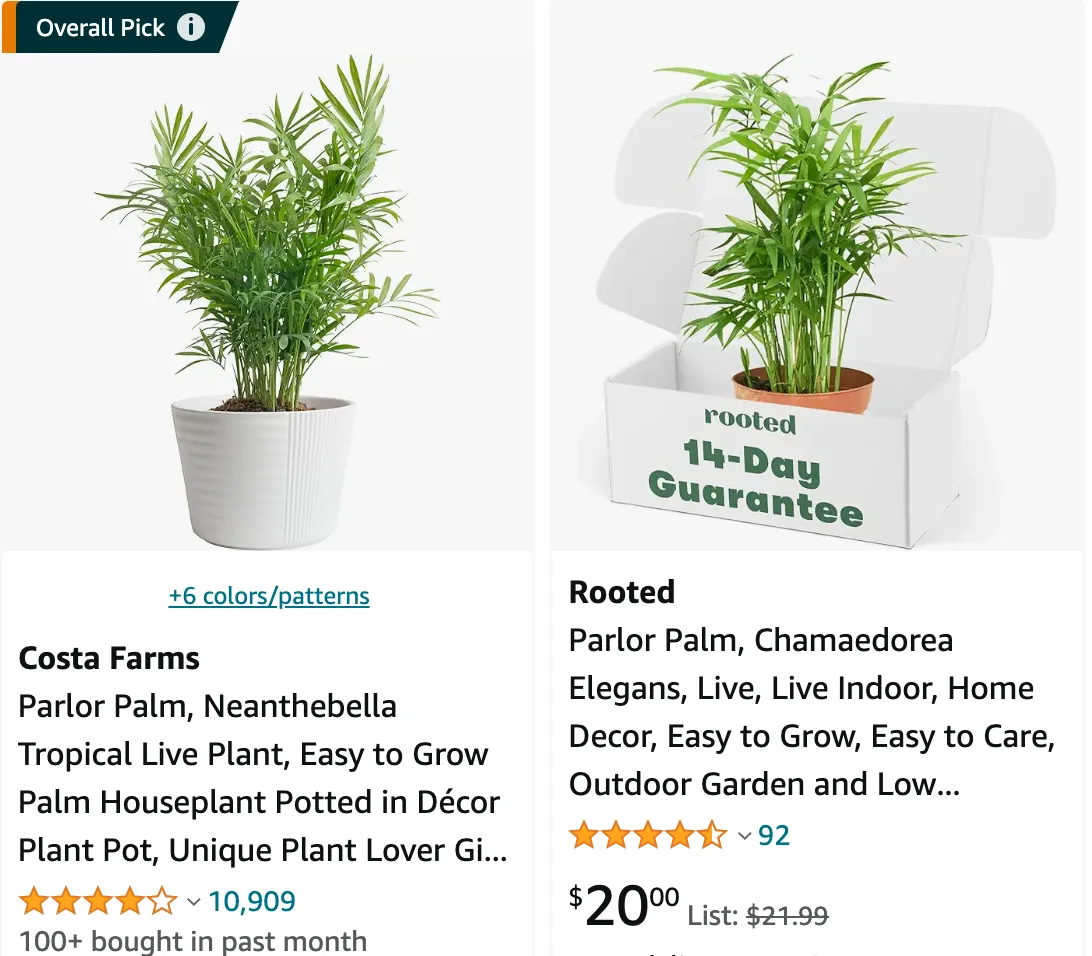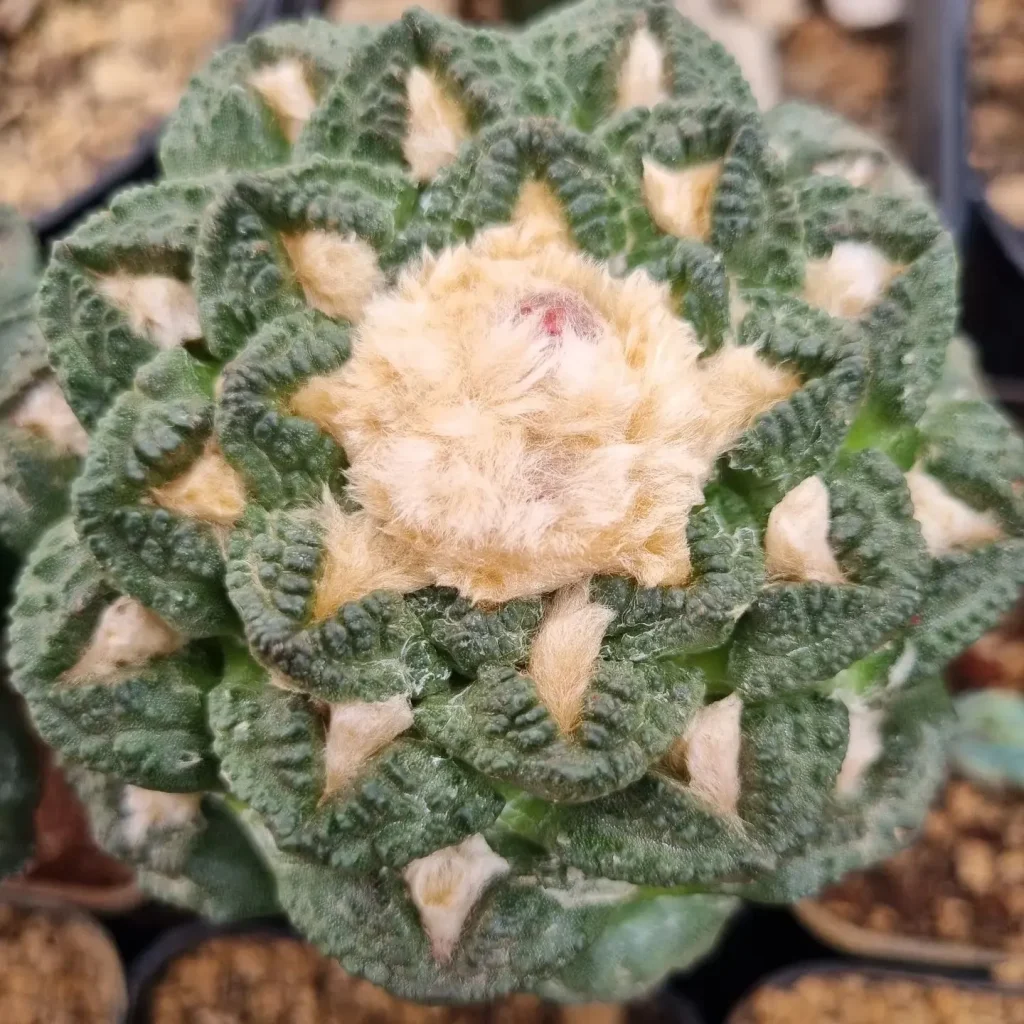
How to care for parlor palm?
Caring for my parlor palm has been a breeze; it’s such a resilient plant! I’ve found that it thrives in bright, indirect light and prefers to be kept consistently moist but not waterlogged. I usually water mine about once a week, adjusting slightly depending on the season and humidity levels. As for size, parlor palms typically stay quite compact, reaching heights of around 2 to 6 feet, making them perfect for smaller spaces like apartments or offices.
106 Species in Genus Chamaedorea
Are parlor palms toxic to cats?
Parlor palms are generally considered safe for cats, which is a relief because I have a curious feline friend who likes to explore every corner of my home. It’s always a priority for me to have pet-friendly plants, and the parlor palm fits the bill perfectly. Of course, it’s still a good idea to monitor pets around any plant and seek veterinary advice if there are any concerns.
Why is my parlor palm turning brown?
If my parlor palm starts turning brown, it’s usually a sign that something’s amiss with its care. It could be due to overwatering, underwatering, or exposure to drafts or direct sunlight. I’ve learned to check the soil moisture regularly, ensure proper drainage, and keep it away from cold drafts or hot, direct sunlight. Trimming away any brown or yellowing leaves helps maintain its appearance and health.
How often to water parlor palm?
I water my parlor palm about once a week, but the frequency may vary depending on factors like the season, humidity levels, and the specific conditions of my home. Generally, I check the soil moisture before watering, making sure it’s slightly damp but not waterlogged. If the top inch or so of the soil feels dry, then it’s usually time to water again. Finding the right balance is key to keeping my parlor palm happy and healthy.
How big do parlor palms get?
Parlor palms typically stay quite compact, reaching heights of around 2 to 6 feet, making them perfect for smaller spaces like apartments or offices. However, their growth rate can vary, and they may take several years to reach their full height. With proper care and the right conditions, they can make charming additions to indoor spaces without overwhelming the room with their size.
How to make parlor palm grow faster?
To encourage faster growth in my parlor palm, I’ve found that providing it with the right conditions is key. Aside from ensuring it gets adequate light and water, I occasionally fertilize it during the growing season with a balanced houseplant fertilizer. Regularly dusting the leaves with a damp cloth also helps it photosynthesize more efficiently, which can promote growth.
Can parlor palm grow in water?
While parlor palms are not typically grown in water, they can survive in a container with a water reservoir at the bottom, as long as their roots don’t sit in water for too long. However, I prefer to plant mine in well-draining soil to mimic its natural growing conditions and avoid any potential issues with root rot.
Are parlor palms toxic to dogs?
As far as I know, parlor palms are generally safe for dogs. I don’t have a dog myself, but I’ve read that they’re considered non-toxic to dogs by the ASPCA. Still, it’s always a good idea to keep an eye on pets around any houseplant and seek advice from a veterinarian if there are any concerns about their safety.
How to propagate parlor palm?
Propagating my parlor palm is quite straightforward; I’ve successfully done it a few times. I usually wait until it’s established and has produced some offsets, then carefully separate them from the parent plant, ensuring each division has some roots attached. I plant them in their own pots with well-draining soil and keep them in a warm, humid environment until they take root.
Why is my parlor palm turning yellow?
If my parlor palm starts turning yellow, it’s often a sign of stress or improper care. It could be due to overwatering, underwatering, low humidity, or nutrient deficiencies. I’ve learned to adjust my care routine accordingly, making sure it’s getting enough water without being waterlogged, providing adequate humidity, and occasionally fertilizing to ensure it has the nutrients it needs to thrive.
Parlor Palm vs Areca Palm
I’ve found the Parlor Palm to be a bit more tolerant of low light and neglect compared to the Areca Palm, which needs more frequent watering and brighter conditions to stay lush and happy in my space.
Parlor Palm vs Majesty Palm
The Majesty Palm, while more striking with its grand, feathery fronds, was much trickier for me to keep healthy indoors, whereas the Parlor Palm’s low maintenance requirements made it a more forgiving choice.
Parlor Palm vs Bamboo Palm
In my experience, the Bamboo Palm was excellent for improving indoor air quality, but it required a lot more humidity and care than the Parlor Palm, which thrived with less attention and still added a touch of greenery.
Parlor Palm vs Cat Palm
I found the Cat Palm to be a bit more finicky with its watering needs compared to the Parlor Palm; while the Cat Palm’s fuller look is attractive, the Parlor Palm’s resilience made it a more hassle-free option for me.
Parlor Palm vs Kentia Palm
The Kentia Palm had a more elegant, taller presence that I loved, but it was more challenging to care for in terms of humidity and light; the Parlor Palm, in contrast, was much easier to manage and still added a nice, subtle elegance.
Parlor Palm vs Neanthe Bella
The Neanthe Bella, often mistaken for the Parlor Palm, has a more compact and bushy look but needed more consistent care to stay vibrant, while the Parlor Palm’s lower maintenance suited my busy schedule better.
Parlor Palm vs Bella Palm
The Bella Palm’s vibrant and bushy appearance was appealing, but it required more frequent watering and humidity control compared to the Parlor Palm, which was easier to care for and still looked attractive.
Parlor Palm vs Cascade Palm
The Cascade Palm’s cascading fronds added a unique touch to my decor, but it was quite sensitive to changes in its environment, whereas the Parlor Palm’s sturdiness and low-maintenance nature made it a more reliable choice.
If i die, water my plants!



